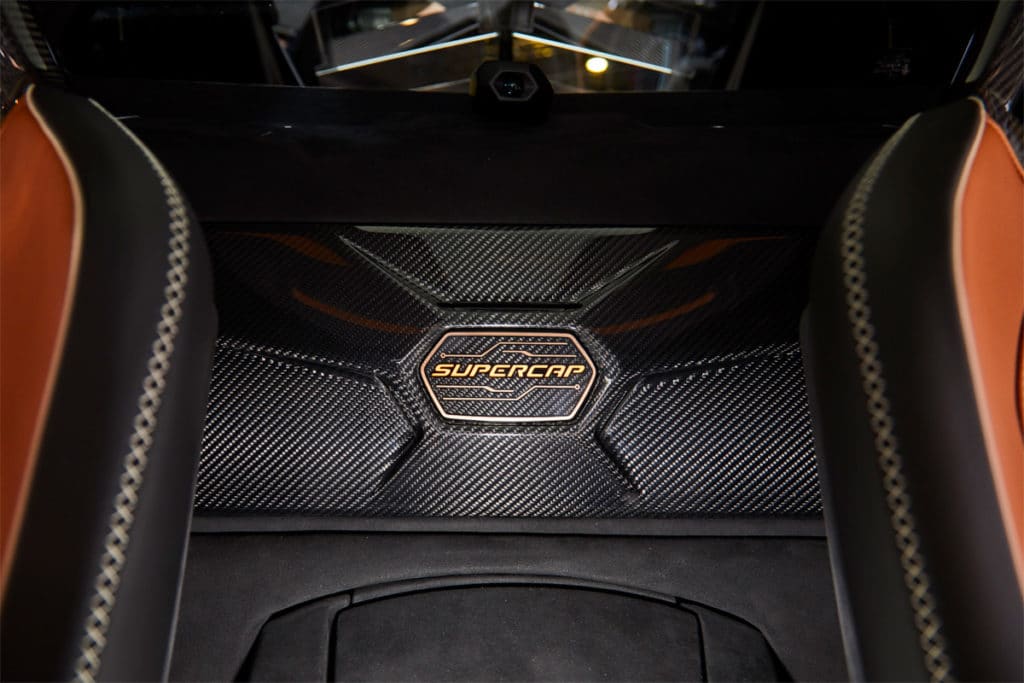The new patented material was synthesized by Dincă’s lab in the Department of Chemistry, with the support of Automobili Lamborghini’s Concept Development Department, and will serve as the technological base for a new generation of supercapacitors.
By increasing the surface area exposed to electric charge in relation to mass and volume, the patent promises to increase energy density by up to 100 percent when compared to existing technology. This is a big leap, even when compared to Lamborghini’s cutting-edge supercapacitors, and, more broadly, a game-changer in high-performance motor sport.
“He was here to dream, and I said ‘OK, let’s dream together,’” recalls Professor Mircea Dincă of his first encounter with Automobili Lamborghini Head of Development Riccardo Parenti in February 2017. Two years later, the team is celebrating its first major collaborative victory by filing a joint patent.
A second collaboration, with Professor A. John Hart’s team in the Department of Mechanical Engineering, pursues new design principles for high-performance battery materials that can be integrated into the vehicle structure, and is on schedule to deliver its first prototypes in the next year. Together, these collaborations are key in meeting the performance targets Lamborghini set for its Terzo Millennio car.
As Stefano Domenicali, chair and CEO of Automobili Lamborghini, puts it, “The joint research with MIT fully embodies our values and our vocation for anticipating the future: a future in which hybridization is increasingly desirable and inevitably necessary.”
Of course, after manufacturability, the next question with new technology is the cost, though a maker of high-end sports cars is less sensitive to cost than others.
Lamborghini has been outspoken in its intention to preserve the auditory characteristics of its signature naturally aspirated V10 and V12 engines despite the industry wide move to forced induction. Instead, the Italian supercar maker will rely on electric boosting to keep its machines competitive with turbocharged rivals’ performance while preserving the shriek its customers love.
But rather than follow the conventional hybrid-electric route, using lithium-ion batteries, Lamborghini is pursuing capacitors for energy storage. There’re several very interesting characteristics, the power density, first of all, which makes the capacitors much more powerful compared with batteries — up to three times more power for a given mass — with a symmetrical behavior which makes them able to recuperate as much power as they can deliver. Under this aspect, the difference with batteries is huge.
And that’s not the only benefit. Then, the very low electrical resistance, which means high efficiency and low heat dissipation, and the very long life, measurable in millions of cycles in comparison with the thousands of cycles of the batteries.
Lamborghini began its push toward super capacitor hybrids in 2017, with the Terzo Millennio, and most recently with the Sián, which debuted at the Geneva Motor Show earlier in 2019.
“We were dreaming two years ago,” says Dincă. “Now, we really think this could be happening.”
featured image: Hidden by this cover is the Sián’s super capacitor. Image source: Automobili Lamborghini
